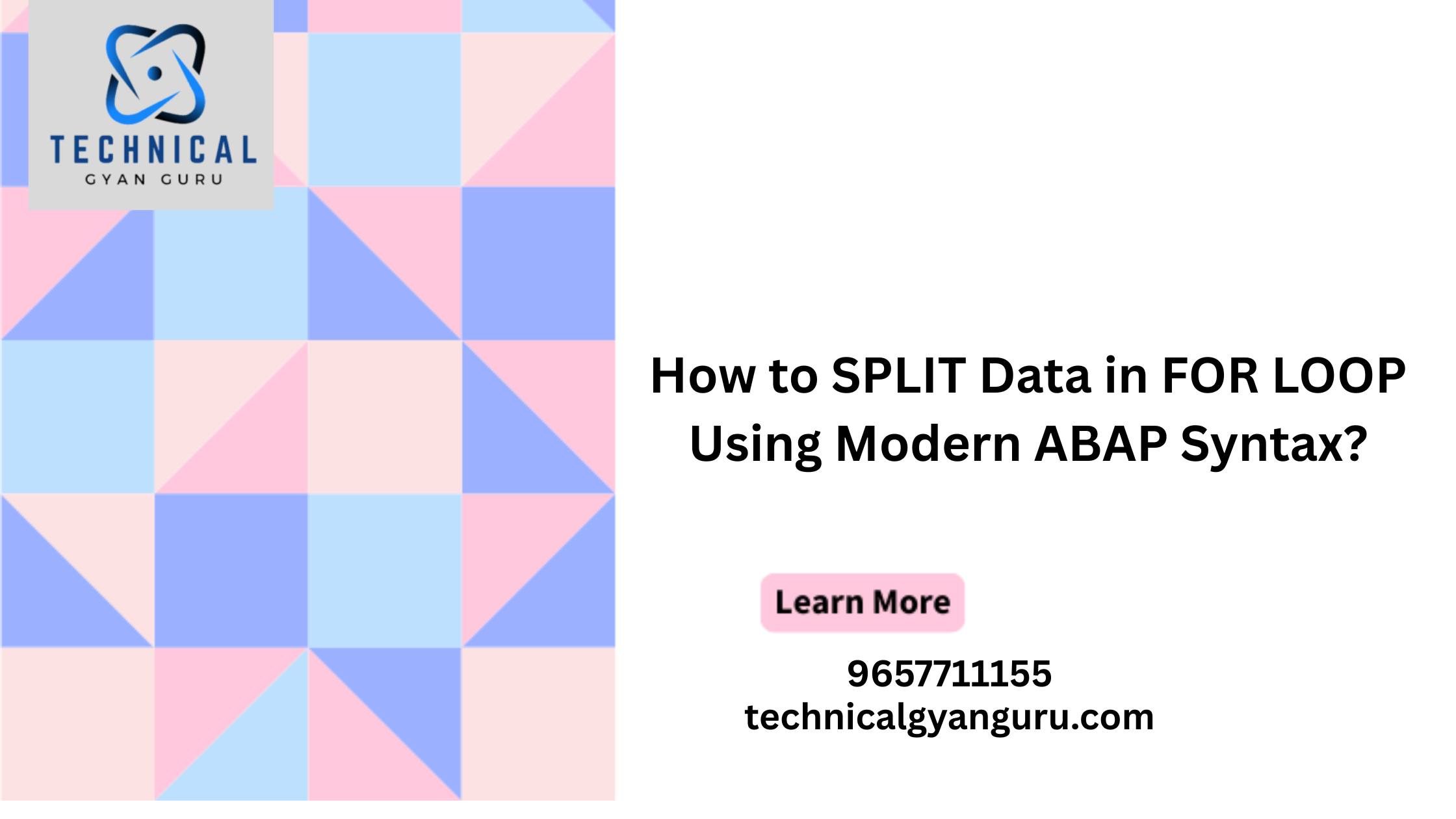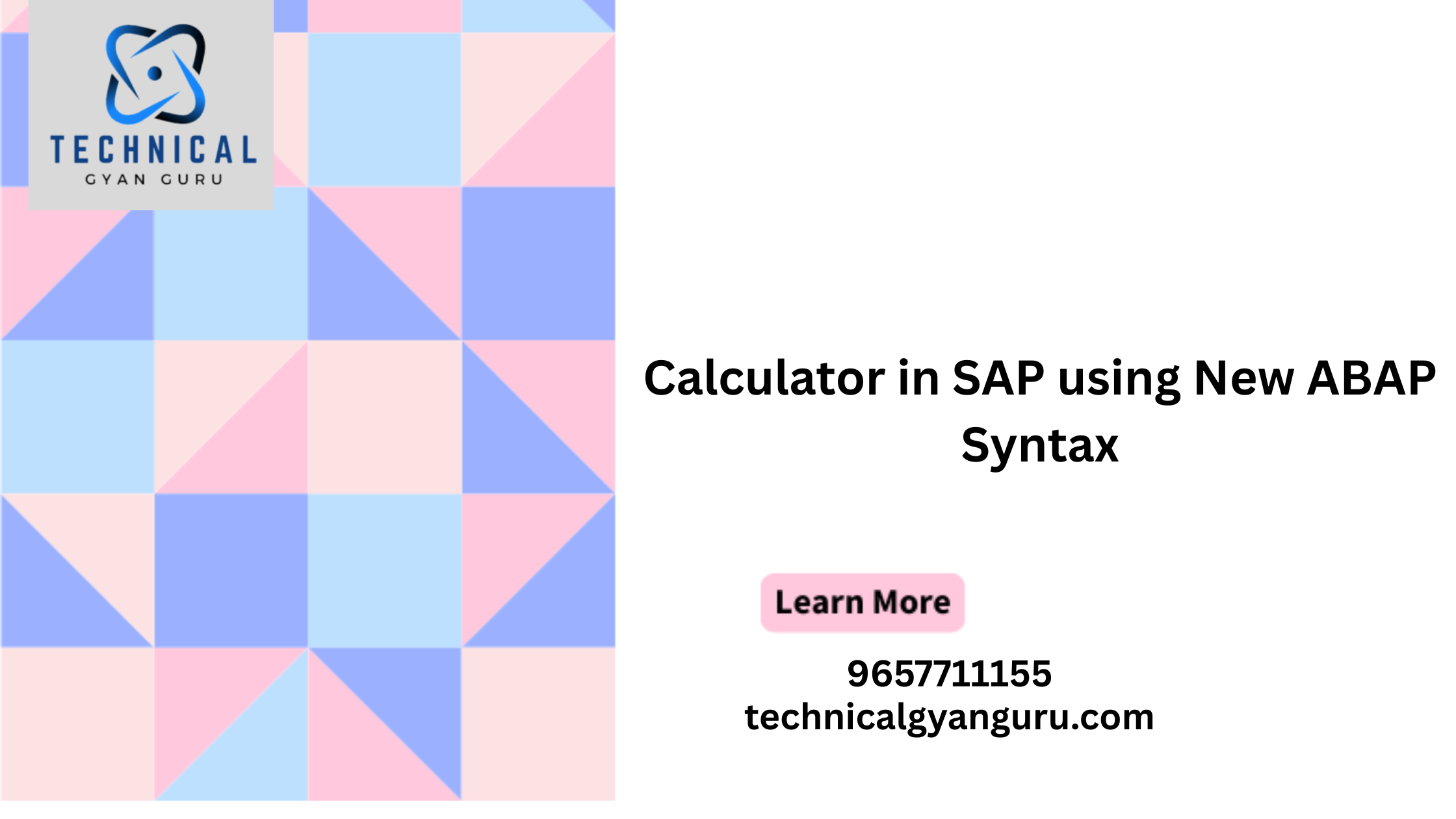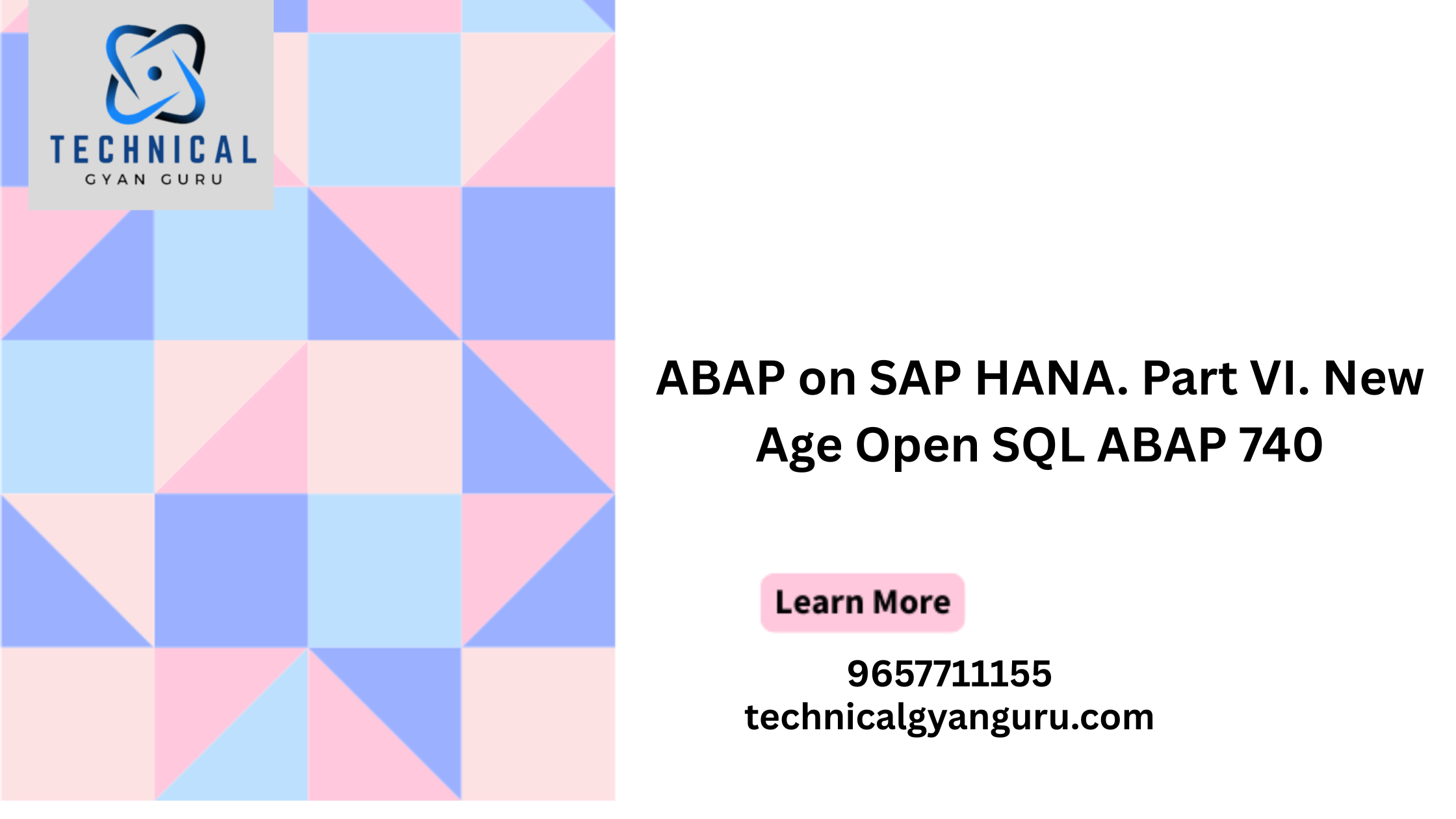In the world of data integration and interaction, the ability to perform CRUD operations is essential. OData, with its standardized protocol, simplifies these operations by providing a consistent way to Create, Read, Update, and Delete data resources. In this blog, we’ll delve into the realm of CRUD operations in OData, exploring each operation’s significance, implementation, and real-world applications.
Understanding CRUD Operations
CRUD is an acronym that stands for Create, Read, Update, and Delete. These operations represent the fundamental actions that can be performed on data resources. In the context of OData, CRUD operations are essential for interacting with resources exposed through OData services.
Creating Data:
The Create operation involves adding new data resources to the system. In OData, creating a new resource typically involves sending a POST request to the appropriate endpoint. Here’s how it works:
- HTTP Method: Use the HTTP POST method to the entity set’s endpoint (e.g.,
/Products) to create a new resource. - Payload: In the request payload, provide the data for the new resource in JSON or XML format, adhering to the structure defined by the entity type.
Reading Data:
The Read operation involves retrieving data resources from the system. OData provides powerful querying capabilities that allow clients to specify exactly what data they need. Here’s how reading data works:
- HTTP Method: Use the HTTP GET method to the entity set’s endpoint (e.g.,
/Products) to retrieve a collection of resources. To retrieve a specific resource, append the resource’s unique identifier to the endpoint (e.g.,/Products(1)). - Query Options: OData supports query options that allow clients to filter, sort, paginate, and project data. For example, using
$filterallows you to filter data based on specific criteria.
Updating Data:
The Update operation involves modifying existing data resources in the system. OData provides a standardized way to perform updates while preserving data integrity. Here’s how updating data works:
- HTTP Method: Use the HTTP PUT or PATCH method to the resource’s endpoint (e.g.,
/Products(1)) to update the data. - Payload: In the request payload, provide the updated data in JSON or XML format. With PUT, you typically send the entire updated resource, while with PATCH, you send only the changed properties.
Deleting Data:
The Delete operation involves removing data resources from the system. OData ensures that the process is consistent and reliable. Here’s how deleting data works:
- HTTP Method: Use the HTTP DELETE method to the resource’s endpoint (e.g.,
/Products(1)) to delete the resource. - Confirmation: Upon successful deletion, the server responds with an appropriate status code to confirm that the resource has been deleted.
Real-World Applications
- E-Commerce: In an e-commerce system, CRUD operations are used to manage product listings, user profiles, and shopping carts.
- Human Resources: In HR applications, CRUD operations handle employee records, leave requests, and performance evaluations.
- Inventory Management: CRUD operations are crucial for tracking inventory levels, restocking items, and managing warehouse resources.
- Healthcare: Patient records, medical history, and appointment scheduling rely on CRUD operations for accurate data management.
Best Practices for CRUD Operations in OData:
- Security: Implement proper authentication and authorization mechanisms to ensure that only authorized users can perform CRUD operations.
- Validation: Validate data input to prevent errors and ensure data integrity during Create and Update operations.
- Error Handling: Provide meaningful error messages and status codes to guide clients in case of operation failures.
- Versioning: Consider versioning your OData service to accommodate future changes to entity types and structures.
Conclusion
CRUD operations form the foundation of data manipulation in OData services, offering a standardized and consistent approach to creating, reading, updating, and deleting resources. Whether you’re building web applications, mobile apps, or enterprise systems, mastering CRUD operations in OData equips you with the tools to efficiently manage data resources and create seamless interactions within your applications.








